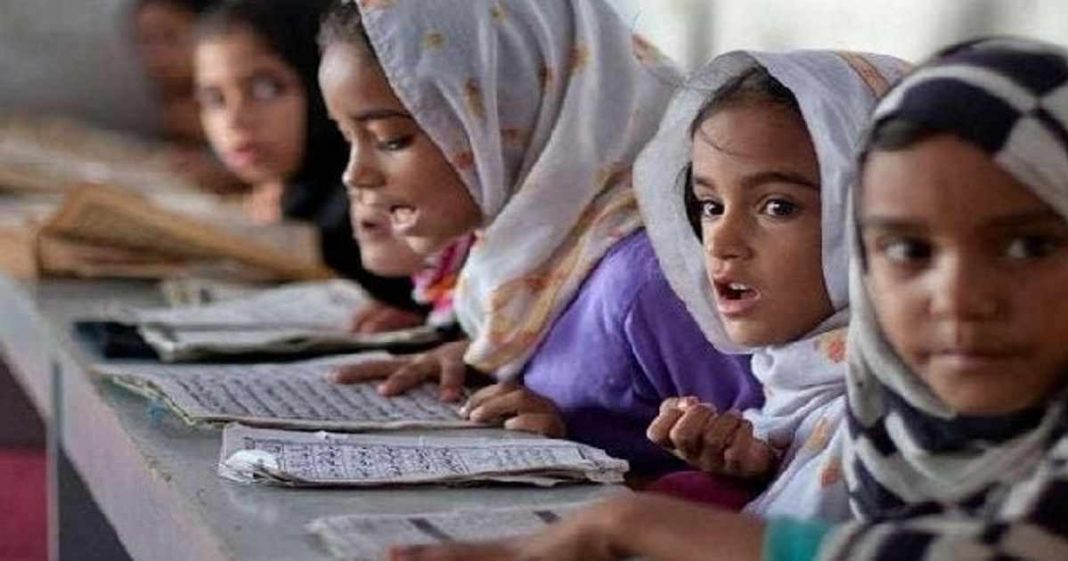The claim that Single National Curriculum (SNC) will bring about “one system of education for all, in terms of curriculum, and medium of instruction” (initially from grades 1 to 5) needs thorough consideration of authorities keeping in view the linguistic diversity of our population, 18th Constitutional amendment and the latest research in our context.
Firstly, the idea of one medium of instruction is problematic due to linguistic diversity. According to Dr. Tariq Rahman’s research, there are around 74 languages spoken in Pakistan. Therefore, Pakistan has a linguistic diversity of 0.802 on the Greenberg index. The calculation is made on the basis of the “population of each language as a proportion of the total population which suggests that a large number of people do not share their first language”. Deciding upon one medium of instruction for all, particularly for the large linguistic groups, would degrade some of the local languages.
Read more: Why criticism on the single national curriculum (SNC) is a welcome step?
Analyzing the challenges
Another challenge in implementing one medium of instruction across the country is the constitutional limitation. As per the 18th Amendment, ‘curriculum, syllabus, planning, policy, centers of excellence and standards of education will fall under the purview of the provinces’. However, KP and Punjab have implemented the federal policy of one medium of instruction, mainly because both provinces are ruled by Pakistan Tehreek-e-Insaaf. Balochistan government has also acceded to implement SNC. But Sindh has expressed concerns over the matter. Quoting the 18th Amendment, minister for Education and Literacy, Sindh, Syed Sardar Ali Shah said that the federal government could not force the provinces to accept SNC. This shows the rifts over having one medium of instruction.
Proponents of the SNC including the Prime Minister believe that SNC would unify the nation. Contrary to that, the latest research-based evidence put forward in The Citizens Foundation’s (TCF) report suggests that children learn best when they are taught in familiar languages i.e mother-tongue. Moreover, TCF puts forward a ‘language ladder’ technique which states that education should be given in local or regional language from pre-kindergarten to grade 3. From grade 4 to grade 7, a second language should be the medium of instruction through a bilingual/multilingual teaching-learning model. From grade 8 onwards, national or foreign language (in our case, English) should be the sole medium of instruction.
Read more: SAPM Shahbaz Gill shares the progressive side of SNC
To conclude, it is reiterated that the proposal of one medium of instruction by SNC should be reconsidered keeping in view contextual realities. Real and durable learning takes place in mother-tongue, and gradual exposure to other languages helps children learn the language and content effectively. But unfortunately, as Faisal Bari puts it, language [in education] policy [in Pakistan] is a mess. This mess must be fixed before another generation is thrown into the abyss of ignorance.
The writer is a lecturer in English at IBA University Sukkur. The views expressed in this article are the author’s own and do not necessarily reflect the editorial policy of Global Village Space.














